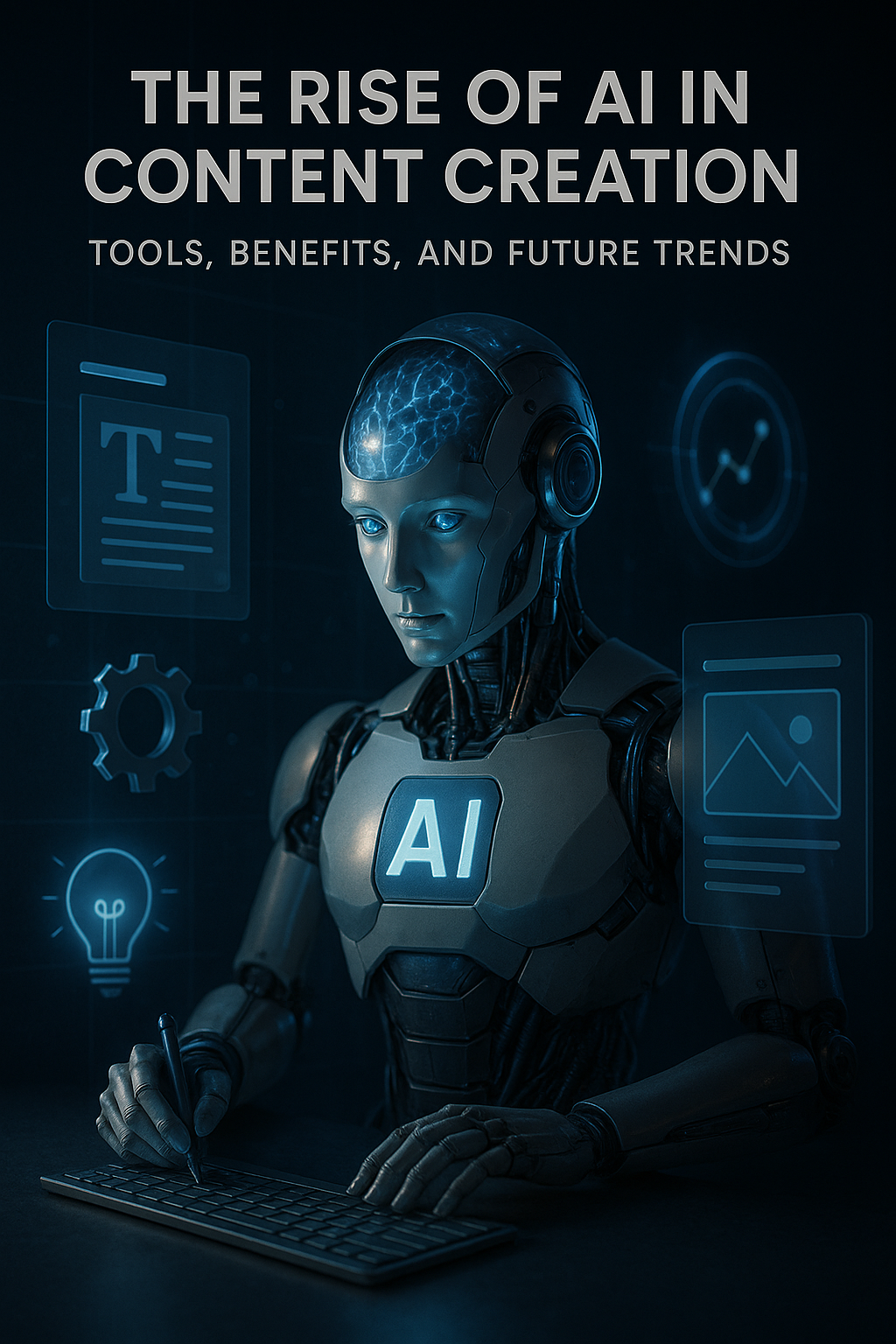Introduction
Artificial Intelligence is a field defined by relentless progress. What was once considered a distant possibility quickly becomes a present-day reality, driven by breakthroughs in research and relentless innovation. Keeping pace with these advancements is crucial for anyone keen on understanding the future of technology, industry, and even daily life. From revolutionary large language models to AI systems that mimic biological brains, the pace of discovery is breathtaking.
This article dives into the forefront of AI, exploring the most significant recent research findings and technological innovations that are pushing the boundaries of what machines can do. We’ll look at the key areas where progress is most rapid and what these developments might mean for the world.
Key Areas of Groundbreaking AI Research
The landscape of AI research is vast, but several areas are currently seeing an explosion of innovative activity.
- Generative AI and Multimodal Models: While we’ve already seen the impact of text-based generative AI (like ChatGPT), the frontier is now in multimodal AI. This involves models that can understand, process, and generate content across different modalities – text, images, audio, and video – simultaneously. Research is focusing on seamless integration, allowing AI to create compelling narratives with corresponding visuals and sound from a single prompt, or even generate video from text descriptions. This capability promises to revolutionize content creation, design, and entertainment.
- Foundation Models and Adaptability: A major trend is the development of even larger, more general foundation models. These models are trained on vast datasets and can then be adapted or fine-tuned for a wide array of specific tasks with relatively little additional training data. Research here focuses on making these models more efficient to train, less resource-intensive to deploy, and more robust in diverse applications, pushing towards a more versatile and less specialized AI.
- AI for Scientific Discovery and Drug Development: AI is accelerating scientific research at an unprecedented rate. In drug discovery, AI models can predict molecular structures, identify potential drug candidates, and simulate their interactions with biological systems, drastically reducing the time and cost of development. Similarly, AI is aiding in material science, climate modeling, and astrophysics by sifting through vast datasets and identifying patterns human researchers might miss.
- Neuromorphic Computing and Brain-Inspired AI: Researchers are increasingly looking to the human brain for inspiration. Neuromorphic computing involves designing hardware that mimics the structure and function of biological neural networks, aiming for more energy-efficient and powerful AI systems. This research seeks to overcome the limitations of traditional computing architectures for AI, paving the way for AI that can learn and adapt in ways more akin to living organisms.
- Explainable AI (XAI) and AI Ethics: As AI systems become more complex, understanding why they make certain decisions is paramount, especially in critical fields like healthcare or finance. Explainable AI (XAI) research focuses on developing methods to make AI models more transparent and interpretable. Alongside this, AI ethics research is crucial, addressing issues like bias, fairness, privacy, and accountability in AI development and deployment. This is not just a technical challenge but a societal imperative.
- Quantum Computing and AI: Though still in early stages, the intersection of quantum computing and AI holds immense promise. Quantum machine learning algorithms could process information at speeds and scales unattainable by classical computers, potentially unlocking new frontiers in complex problem-solving, optimization, and simulation that could transform AI capabilities.
Emerging Innovations and Practical Applications
Beyond pure research, these advancements are rapidly finding their way into innovative applications.
- Personalized AI Companions: More sophisticated AI assistants that can understand nuanced emotional cues, maintain long-term memory, and offer highly personalized support, moving beyond simple task execution.
- Autonomous Systems Evolution: Further development in self-driving vehicles, advanced robotics for manufacturing and logistics, and even autonomous drones for surveillance and delivery, with increased reliability and safety.
- AI in Sustainable Technologies: Innovations leveraging AI for optimizing energy grids, developing smart cities, monitoring environmental changes, and improving agricultural efficiency to combat climate change.
- Real-time AI for Edge Devices: Bringing more powerful AI processing directly to devices (smartphones, IoT sensors) rather than relying solely on cloud computing, enabling faster responses and greater privacy.
Conclusion
The world of Artificial Intelligence is a dynamic frontier, continually reshaped by breakthroughs in research and the ingenuity of innovators. From creating new forms of content to accelerating scientific discovery and building more intuitive machines, AI’s cutting edge promises profound transformations. Staying informed about these latest developments is not just intellectually stimulating; it’s essential for anyone looking to navigate and contribute to the future shaped by intelligent machines. The journey of AI is far from over, and the next big discovery might be just around the corner.



